-
18
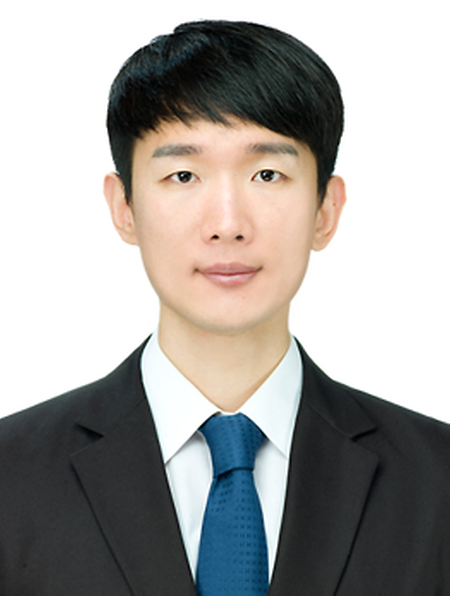
- 표순재 박사, 서울과학기술대학교 전임교수 임용
- 표순재 박사, 서울과학기술대학교 전임교수 임용 기계공학과 김종백 교수 연구실에서 박사 학위를 취득하고 동 연구실에서 박사후 연구원을 지낸 표순재 박사가 2020년도 3월 서울과학기술대학교 기계시스템디자인공학과 교수로 임용되었다. 표순재 박사는 기계공학과 BK 사업단의 박사후 연구원으로 재직하는 동안 Adv. Funct. Mat., small, Sens. Actuators B Chem. 과 같이 높은 평가를 받는 저널을 포함하여, 다수의 최상위급 SCI 논문들을 출판한 바 있다.
- 기계공학부 2021.06.11
-
17
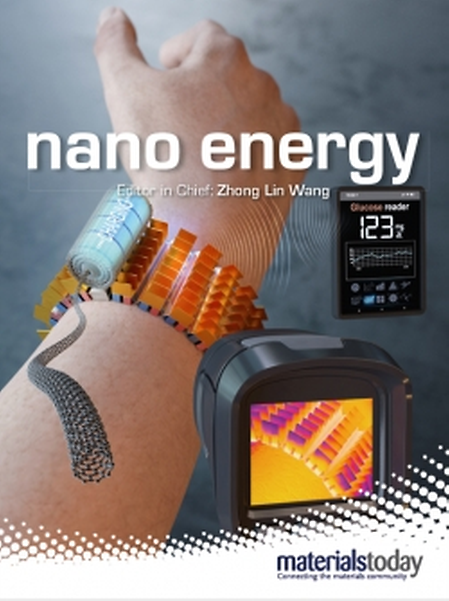
- Professor Woochul Kim's research team's work published in volume 79 of 'Nano Energy'
- Professor Woochul Kim's research team's work published in volume 79 of 'Nano Energy' The academic achievement of professor Whoochul Kim's research team's paper "Self-charging wearables for continuous health monitoring" was acknowledged by being selected as the Back Cover of the journal 'Nano Energy' (Impact Factor: 16.6, JCR top 5%) (Nano Energy 79, 105419 (2021)). This paper demonstrated the continuous operation of a commerical continuous glucose sensor through the integration of a wearable thermoelectric generator and Li-S battery. [언론보도] 2021.01.25 / e-대학저널: http://www.dhnews.co.kr/news/articleView.html?idxno=135740 2021.01.26 / 테크월드: http://www.epnc.co.kr/news/articleView.html?idxno=114579
- 기계공학부 2021.06.11
-
16
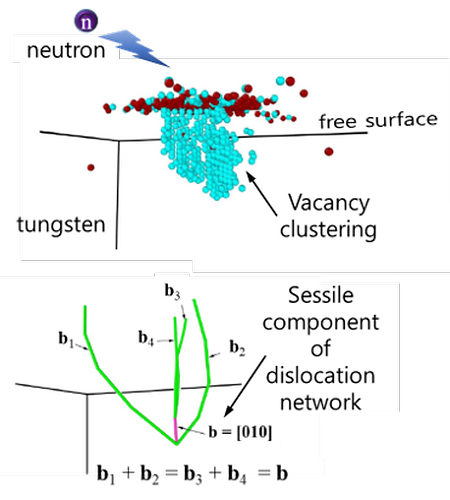
- Atomistic details in defect evolution in W under neutron irradiation unveiled
- Atomistic details in defect evolution in W under neutron irradiation unveiled Prof. Keonwook Kang and his research team published an original article, "Free-surface effect on displacement cascades in BCC W: molecular dynamics study", in Nuclear fusion (IF: 3.706, JCR top 8.82%). This paper investigates defect formation and growth mechanisms near the tungsten surface under neutron irradiation using molecular dynamics simulation. Increased interstitial mobility near the surface suppresses defect recombination events and promotes formation of extended defects such as dislocation via vacancy clustering. Theses vacancy loops can develop into a micro-void or act as a source of crack, which triggers catastrophic brittle fracture. This study identifies the origin of extreme brittle behavior of W and has significant applications for designing W and its alloys as facing materials in nuclear fusion environment.
- 기계공학부 2021.06.11
-
15

- Professor Hyungsuk Lee's Research Team Won the Grand Prize in the Korean Society of Mechanical Engineers-SEMES Open Inno
- Professor Hyungsuk Lee's Research Team Won the Grand Prize in the Korean Society of Mechanical Engineers-SEMES Open Inno Prof. Hyungsuk Lee's research team is developing a technology that is able to manipulate micrometer-sized particles in a liquid using acoustic waves. They won the grand prize (first place) at the '4th Korean Society of Mechanical Engineers-SEMES Open Innovation' competition by proposing an acoustophoretic technology to remove 'fine bubbles' which can diminish the process precision in the semiconductor manufacturing prcoess. SEMES is a semiconductor manufacturing equipment company, a subsidiary of Samsung Electronics. [언론보도] 2019.11.15 / ZDNet: https://zdnet.co.kr/view/?no=20191115110855&re=R_20201221150403
- 기계공학부 2021.06.11
-
14
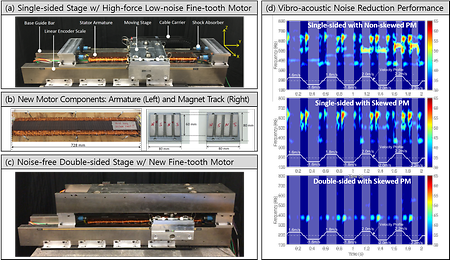
- Novel Motor for Next-Generation Semiconductor Photo-Lithography Systems
- Novel Motor for Next-Generation Semiconductor Photo-Lithography Systems Professor Jun Young Yoon in the Department of Mechanical Engineering at Yonsei University has worked with MIT researchers to design and develop a new motor for high-precision high-throughput next-generation EUVL (Extreme Ultra-Violet Lithography) systems. While commercially available linear iron-core synchronous motors have the potential for high thrust, they can emit significant vibrations and acoustic noise, thereby impairing accuracy of high-precision manufacturing systems such as in photo-lithography machines, also known as semiconductor chipmakers. Professor Yoon and his co-workers 1) found, for the first time, root causes of such vibro-acoustic noise emitted by linear iron-core permanent magnet motors, 2) proposed and validated a new motor magnetic design, called a fine-tooth motor, to reduce the noise while increasing thrust performance compared with conventional linear motors, and 3) further reduced the noise through a double-sided mechanical configuration of the new fine-tooth motors. The work has been published in multiple journals and conferences including IEEE Transactions on Industrial Electronics (TIE) and IEEE/ASME Transactions on Mechatronics (TMECH). For his research accomplishment, Professor Yoon won the ‘Young Engineer Award’ from the Korean Society for Precision Engineering (KSPE) and the ‘Young Scientist Award’ in the 2019 ASML Korea Tech Talk, which is also covered in media (links provided below). “We hope our new magnetic and mechanical solutions of high-force low-noise linear motors for the EUVL help the semiconductor industry pushing the limits even further to make our everyday lives faster, easier, and smarter“, says Professor Yoon. [Associated Publication] Yoon, J.Y., Lang, J.H. and Trumper, D.L., Fine-tooth iron-core linear synchronous motor for low acoustic noise applications. IEEE Transactions on Industrial Electronics, doi: 10.1109/TIE.2018.2835416 Yoon, J.Y., Lang, J.H. and Trumper, D.L., Double-Sided Linear Iron-Core Fine-Tooth Motor for Low Acoustic Noise and High Acceleration. IEEE/ASME Transactions on Mechatronics, doi: 10.1109/TMECH.2019.2929236 [Media Coverage] THEELEC: http://www.thelec.kr/news/articleView.html?idxno=2751 KIPOST: https://www.kipost.net/news/articleView.html?idxno=201782
- 기계공학부 2021.06.11
-
13
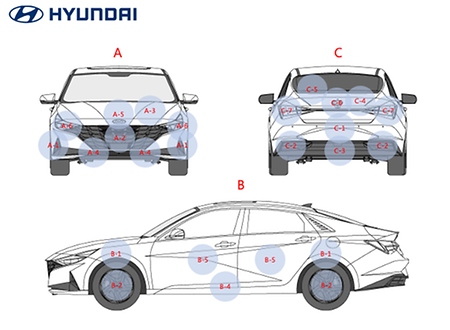
- Vibration & sound power reduction of a thin plate-like structure excited by complex inputs
- Vibration & sound power reduction of a thin plate-like structure excited by complex inputs Many engineering structures are composed of plates and plate-like components, such as the outer casing of a washing machine, printed circuit boards (PCBs) in electronic devices, the ship hull and deck. These structures are vulnerable to complex inputs, combination of force and moment components, from vibrational sources such as motors, pumps, and collision between parts. The resulting vibration and noise emissions jeopardize the integrity of the engineering structure. Yonsei research team led by Professor No-Choel Park in the school of Mechanical Engineering proposed a new method for reducing the vibration and sound radiation of a thin plate excited by complex input sources. A set of new formulas for the sound radiation of baffled and unbaffled plates are derived by substituting the moment components of the plates with the equivalent couples using finite difference analysis. This approach allows to calculate sound power purely by the input location and amplitude of each component. Thus, it enables faster, more accurate calculations than the existing methods such as the average radiation efficiency analysis and the radiation mode analysis. The results of the research were published in Journal of the sound and vibration with the title “Calculation and reduction of sound radiation from a thin plate structure excited by complex inputs”.
- 기계공학부 2021.06.11
-
12
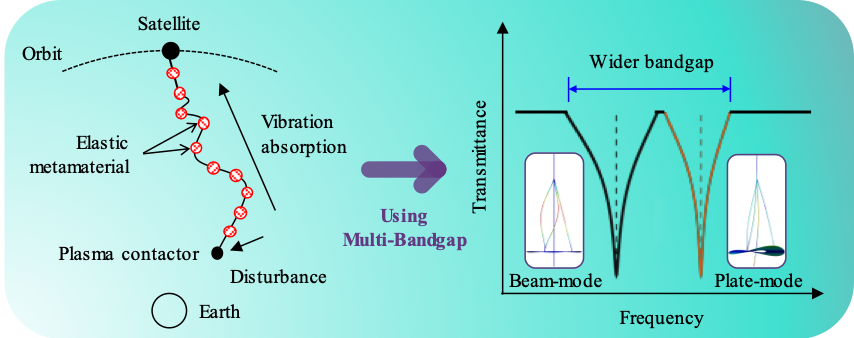
- Vibration absorption of space tethers using pendulum-type elastic metamaterial작성일 2020.08.26
- Vibration absorption of space tethers using pendulum-type elastic metamaterial Professor No-Cheol Park in Mechanical Engineering and his research team have designed pendulum-type elastic metamaterials for vibration absorption of space tethers. Space tether is highly exposed to external disturbances such as meteoroid collisions. Disturbances are transmitted to the satellite via tether cables and affect the satellite's orbit and posture. The pendulum-type elastic metamaterial absorbs vibration propagating through the resonance of the internal structure. In addition, his research team proposed a method to absorb vibrations over a wider frequency range using multi-bandgaps. The results of the research were published in the International Journal of Mechanical Sciences in July 2020 with the title “Experiment and analysis of a space tether with pendulum-type elastic metamaterials” and Korea patent with the title “Satellite tether device using elastic metamaterial” has been registered.
- 기계공학부 2021.06.11
-
11

- Replacing batteries with supercapacitors
- Most batteries we use on a daily basis are rather inefficient. Rechargeable lithium batteries – like the one on your phone – take long to recharge and have short cycling lifetimes. This is detrimental to the environment and ultimately expensive. Supercapacitors have the ability to store static electricity between two oppositely charged plates, and they have the benefit of being faster and more durable. However, the energy density (or amount of energy that can be stored per unit volume) of most supercapacitors is still considerably lower than most batteries. This is related to the capacitance of the supercapacitor, which depends on the material of the electrodes. Researchers have experimented with negative electrodes made of molybdenum dioxide (MoO2) nanostructures, which could provide a high specific capacitance, but these are limited by slow kinetics and volume change upon cycling. This impedes electrochemical stability and leads to rapid degradation upon cycling. Rechargeable batteries degrade rapidly, charge slowly, and have harmful environmental consequences. This is why supercapacitors could be the next big revolution in electronics. (Photo courtesy: Shutterstock) To solve this problem, a group of researchers led by Prof. Seong Chan Jun, have designed a tubular nanostructure of MoO2 combined with nitrogen-doped carbon hybrids (MoO2@NC) as the negative electrode. The hollow nature of the structure provides a higher surface-to-volume ratio for the charge to distribute, enhancing its electrochemical performance. At the same time, the N-doped carbon enhances the electrolyte transportation of the material. This was synthesized along with a copper cobalt sulfide (CuCo2S4) structure as the positive electrode to complete the supercapacitor. This resulted in a supercapacitor that performed significantly better than those previously reported in the literature. The flexible, hollow carbon substrate provided a large surface area that was also better able to alleviate volume change during cycling, improving electrical conductivity. The structure achieved what the author Prof. Jun described as an “ultrahigh”energy density of 65.1 W h kg -1 at a power density of 800 W kg -1. Approximately 90.6% of the initial specific capacitance was retained after 5000 cycles, and after 2000 bending cycles, the device exhibited 92.2% retention. “Developing more efficient ways to store energy could significantly change the way we interact with electronics”, says Prof Jun. Flexible supercapacitors could make wearables more user-friendly. They are better for the environment, and lighter in weight. Because they can deliver and accept significantly faster than batteries, affordable and smaller supercapacitors have the potential to change the electric car industry. Link to the paper
- 기계공학부 2021.06.11
-
10
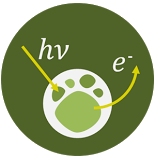
- Nanoelectrode System Developed to Extract Electricity from Algae
- A research team led by Professor Won-Hyoung Ryu has created a technology to extract photosynthetic electrons from algae Yonsei Mechanical Engineering Professor Won-Hyoung Ryu’s research team has created a technology to extract photosynthetic electrons from algae. Their method involves inserting a patterned nanowire or nanoelectrode into live algal cells, enabling the potential harvesting of electricity from multiple cells simultaneously. The team reported on this new energy conversion technology in the September 14, 2016 issue of Advanced Functional Materials, an important journal in the field of materials engineering. Of the research, Professor Ryu said: “The system we developed this time is a new concept of bio-solar energy conversion technology that uses algal cells, which have recently come to the fore as an environmental issue. This technology’s development is the product of a study that showed the possibility of the practical use of photosynthetic currents, and it further shows the possible development of bio-solar energy hybrid energy conversion technology.” Updated in Feb 2017 Reference Kim, L. H., Kim, Y. J., Hong, H., Yang, D., Han, M., Yoo, G., Song, H. W., Chae, Y., Pyun, J.-C., Grossman, A. R., Ryu, W., “Patterned Nanowire Electrode Array for Direct Extraction of Photosynthetic Electrons from Multiple Living Algal Cells” Advanced Functional Materials, doi: 10.1002/adfm.201602171
- 기계공학부 2021.06.11
-
9
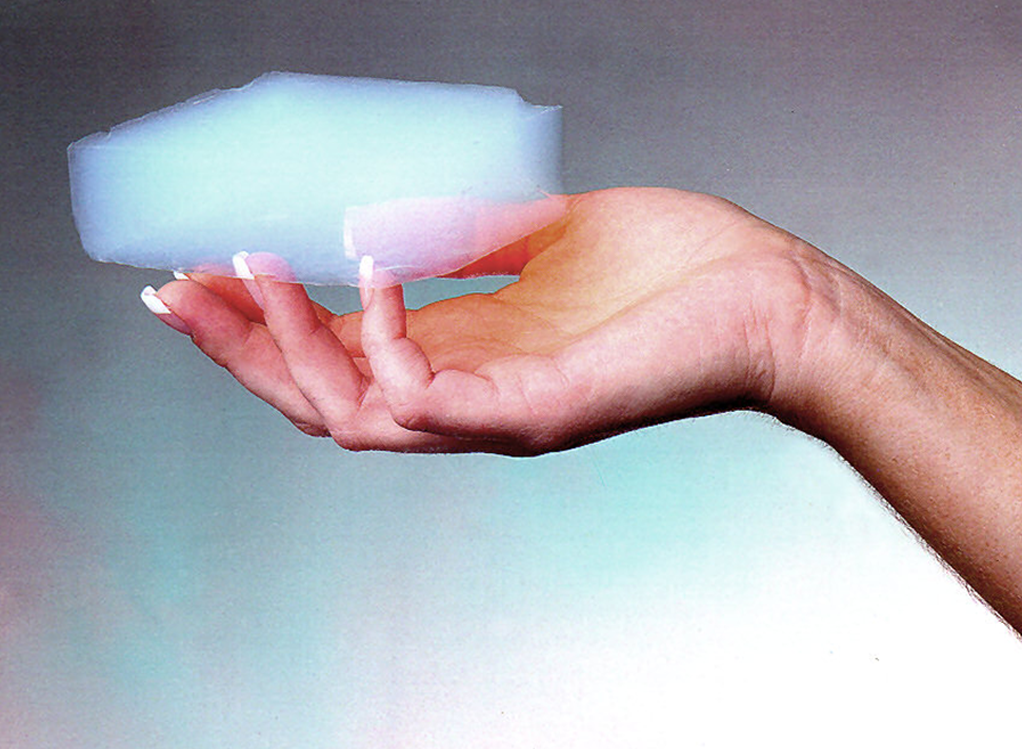
- Artificial materials for developing low-cost optical devices
- New research demonstrates macroscale materials having optical properties that are modifiable by mechanical compression, paving the way for industrial-scale production of advanced optical devices. The study—“Scalable variable-index elasto-optic metamaterials for macroscopic optical components and devices”—published in Nature Communications was carried out by a group of researchers including Dr. Kyoungsik Kim of Yonsei University. They developed a method to build large, low-cost, and mass-producible advanced optical devices by using an artificial material called “metamaterial” that changes its refractive index when subjected to mechanical stress. This material was used to demonstrate two macroscopic-scale optical devices that have so far been achieved only in the microscopic scale. These artificially engineered materials can exhibit properties difficult to observe in nature, such as a refractive index varying along the cross section of materials. So far, metamaterials have been fabricated by painstakingly shaping the microscopic structures of materials through nanofabrication techniques. Dr. Kyoungsik Kim shares, “optical metamaterials are limited to a microscopic level because nanofabrication techniques are expensive and time-consuming.” Such microscopic optical devices require artificial light couplers to interact with light, and they can only be used for a limited wavelength range. These limitations motivated the researchers to look for a simple and commercially viable solution to produce advanced optical devices. “Optical metamaterials offer a whole new range of opportunities in photonic markets as they can be produced on a large scale with affordable prices,” Dr. Kim adds. Transparent homogenous aerogel chunk capable of being compressed to obtain the desired refractive index. By Courtesy NASA/JPL-Caltech (NASA Stardust Website) [Public domain], via Wikimedia Commons In their experiments, the researchers used a synthetic, porous, and extremely light material called an aerogel. This is essentially a gel formed with air (or a gas) instead of a liquid. They made compressible, transparent, and homogeneous aerogel chunks measuring approximately 5 cm across, filled with nanometer-sized pores. The refractive index of the aerogel varies with the extent of mechanical compression, and the aerogel is transparent in the entire visible spectrum. Thus, it can be used to make optical devices with a graded refractive index, which means that the refractive index within the material continuously changes along one direction. As practical examples, the researchers demonstrated two optical devices—a transformation-optics wave bender and a Luneburg lens—using compressed aerogels. The wave bender is an arc-shaped aerogel slab that can guide light from one end to the other, whereas the Luneburg lens is a disc-shaped aerogel slab that can redirect and focus light. These devices were formed by compressing the aerogel using molds to achieve the required graded refractive index. The sizes of these components were much larger than previously developed metamaterial devices. This means that light can be manipulated in a much larger region, making artificial light couplers unnecessary. Both these optical components were shown to work well in the entire visible spectrum. For the first time, low-cost and mass-producible macroscopic-scale metamaterials were produced. The researchers say, “Our method allows natural light to interact directly with metamaterial devices without any additional coupling components, opening the door to industrial applications of optical metamaterials in general, and transformation optics in particular.” This technology is expected to lead to the industrial-scale production of adaptive lenses for advanced miniaturized cameras, machine vision, lidar-based technologies, and energy harvesting. Updated in Dec 2017
- 기계공학부 2021.06.11

